-
D-Link Gigabit Ethernet Smart Switch - DGS-1210 series

 Vendor:D-Link
Vendor:D-LinkD-Link Gigabit Ethernet Smart Switch - DGS-1210 series
- Regular price
- From 22,070.00
- Sale price
- From 22,070.00
- Regular price
-
-
D-Link 8 Port Gigabit PoE Switch - 8 PoE+ 2 Uplink Port 250m DGS-F1010P-E
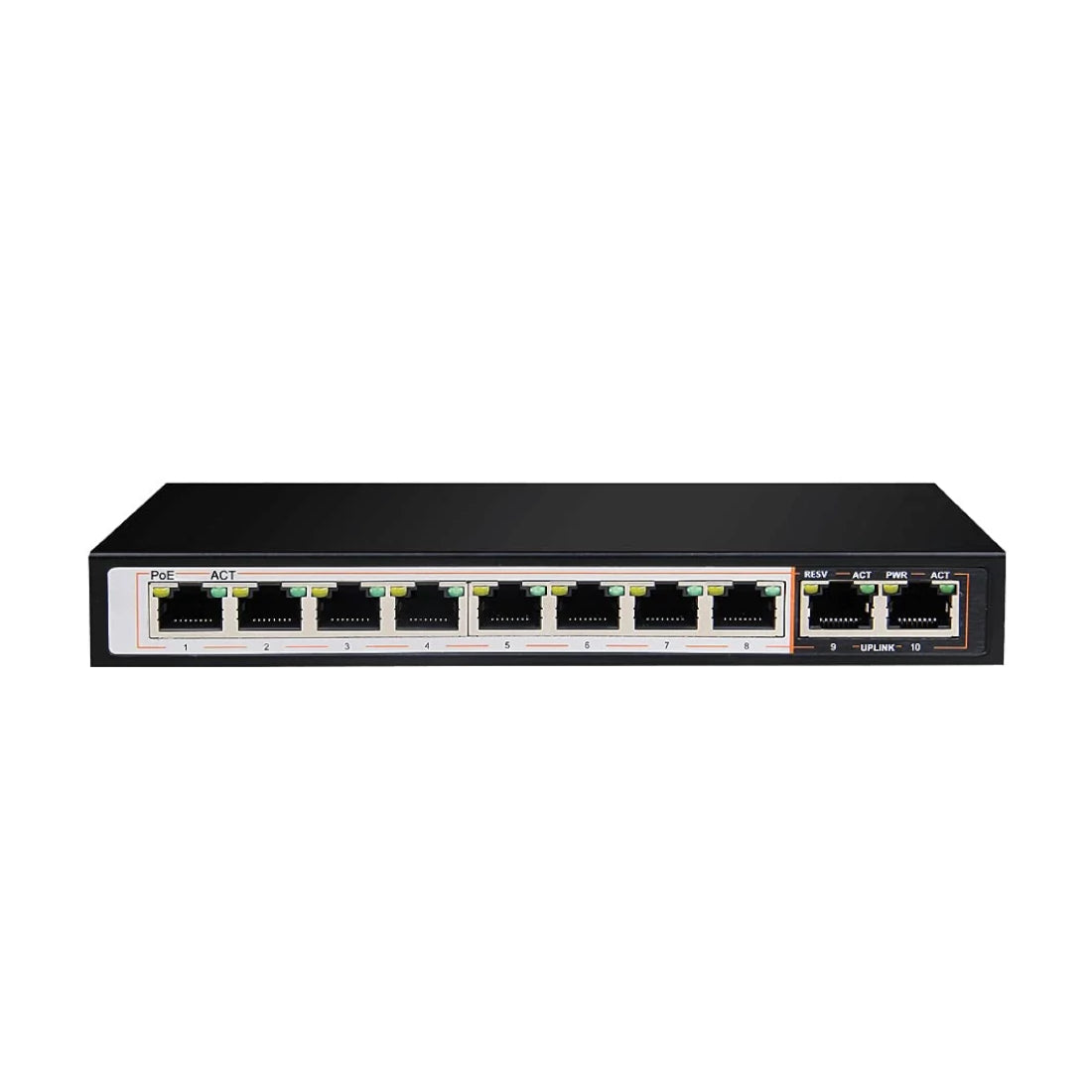
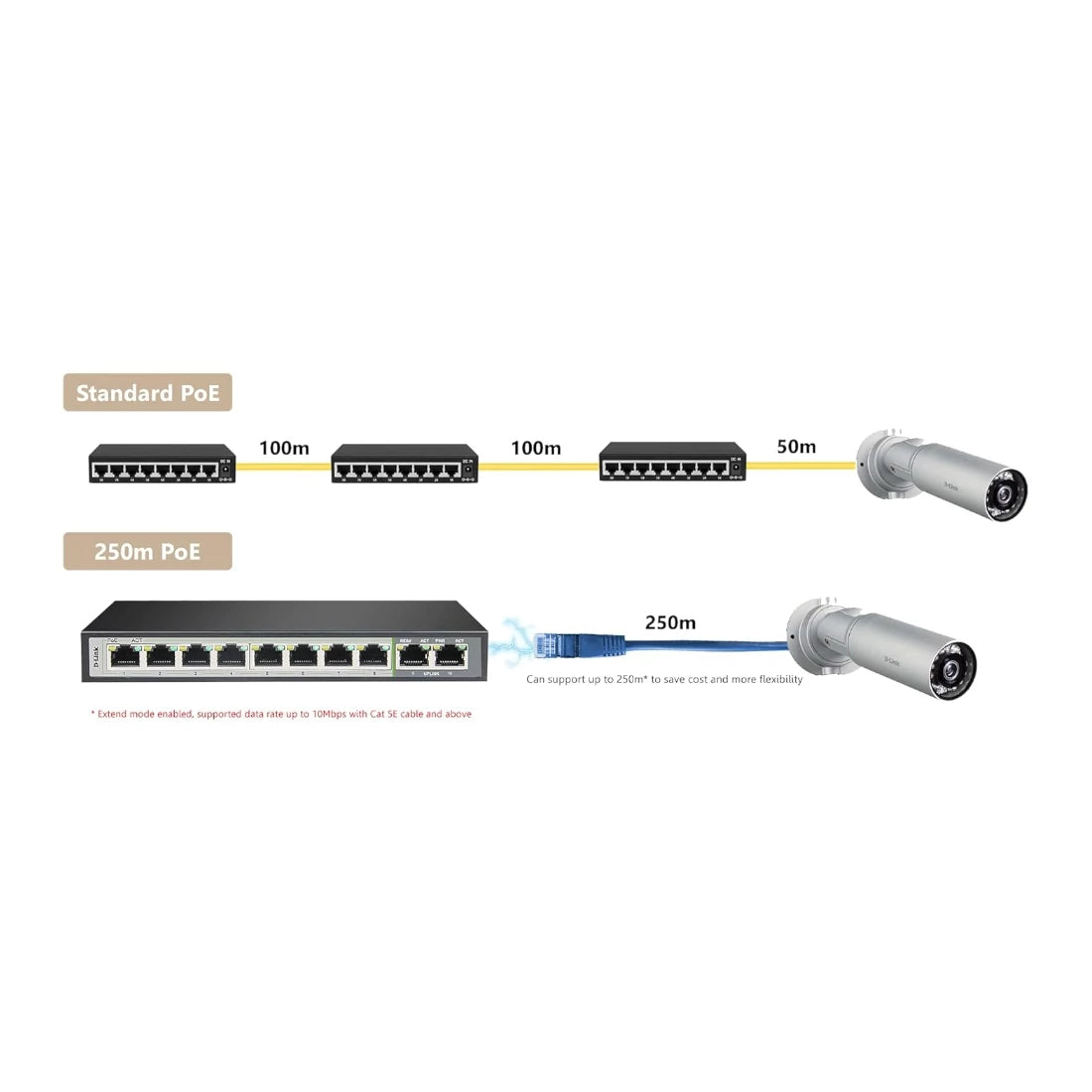 Vendor:D-Link
Vendor:D-LinkD-Link 8 Port Gigabit PoE Switch - 8 PoE+ 2 Uplink Port 250m DGS-F1010P-E
- Regular price
- 17,330.00
- Sale price
- 17,330.00
- Regular price
-
-
D-Link 16GE PoE + 2 SFP Ports 250m PoE Switch DGS-F1018P-E
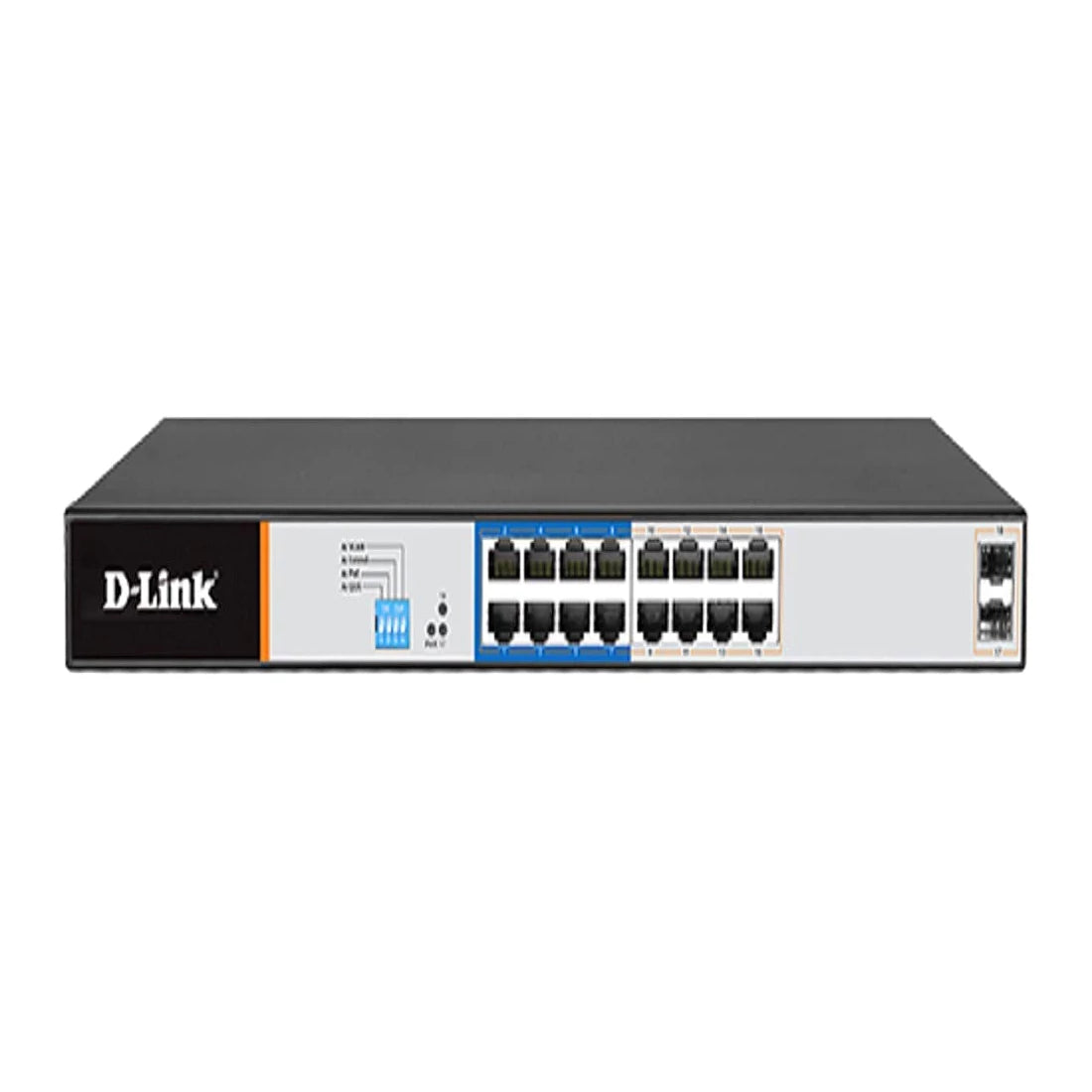
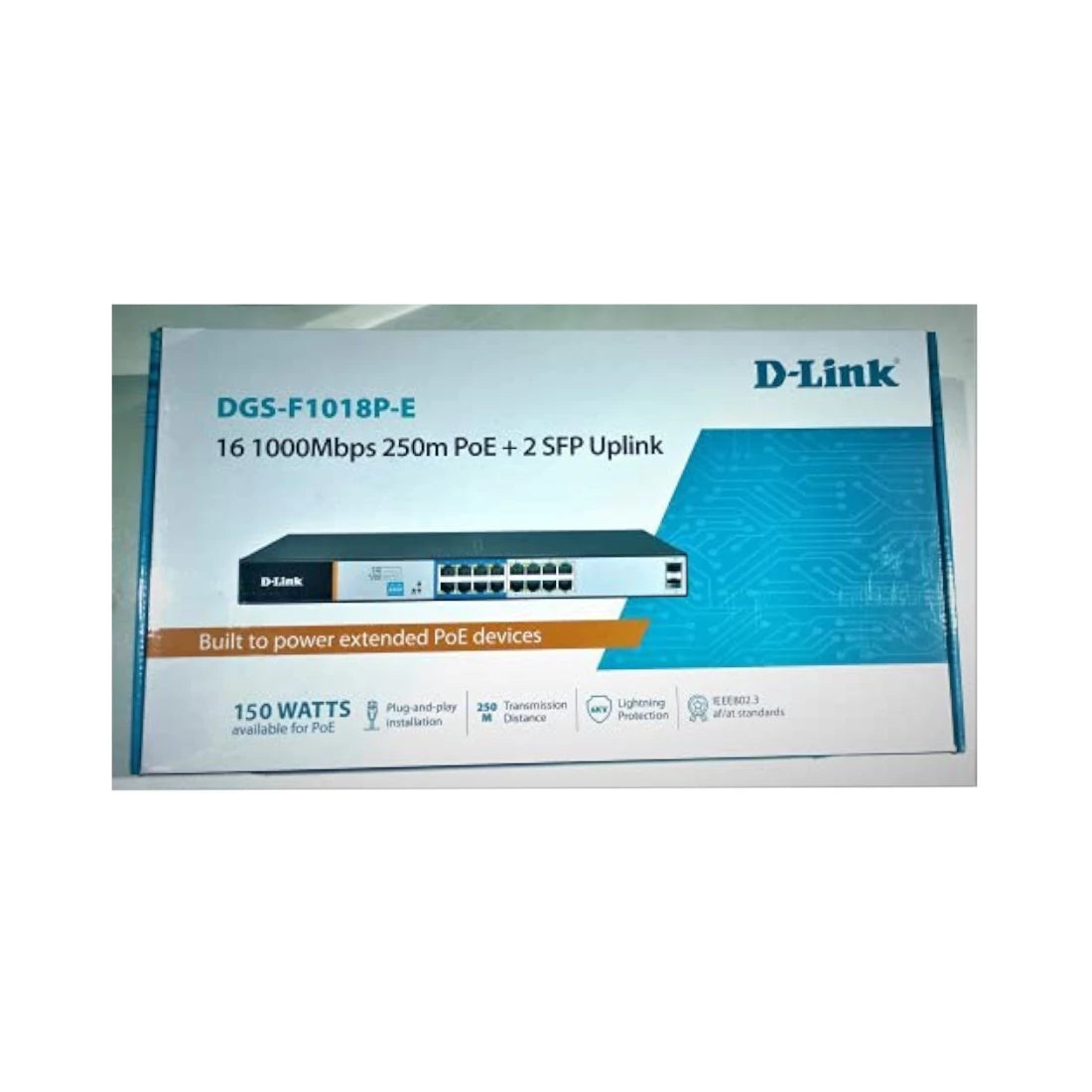 Vendor:D-Link
Vendor:D-LinkD-Link 16GE PoE + 2 SFP Ports 250m PoE Switch DGS-F1018P-E
- Regular price
- 29,850.00
- Sale price
- 29,850.00
- Regular price
-
-
D-Link 10-Port 10/100 Long Range PoE+ Surveillance Switch DES-F1010P-E
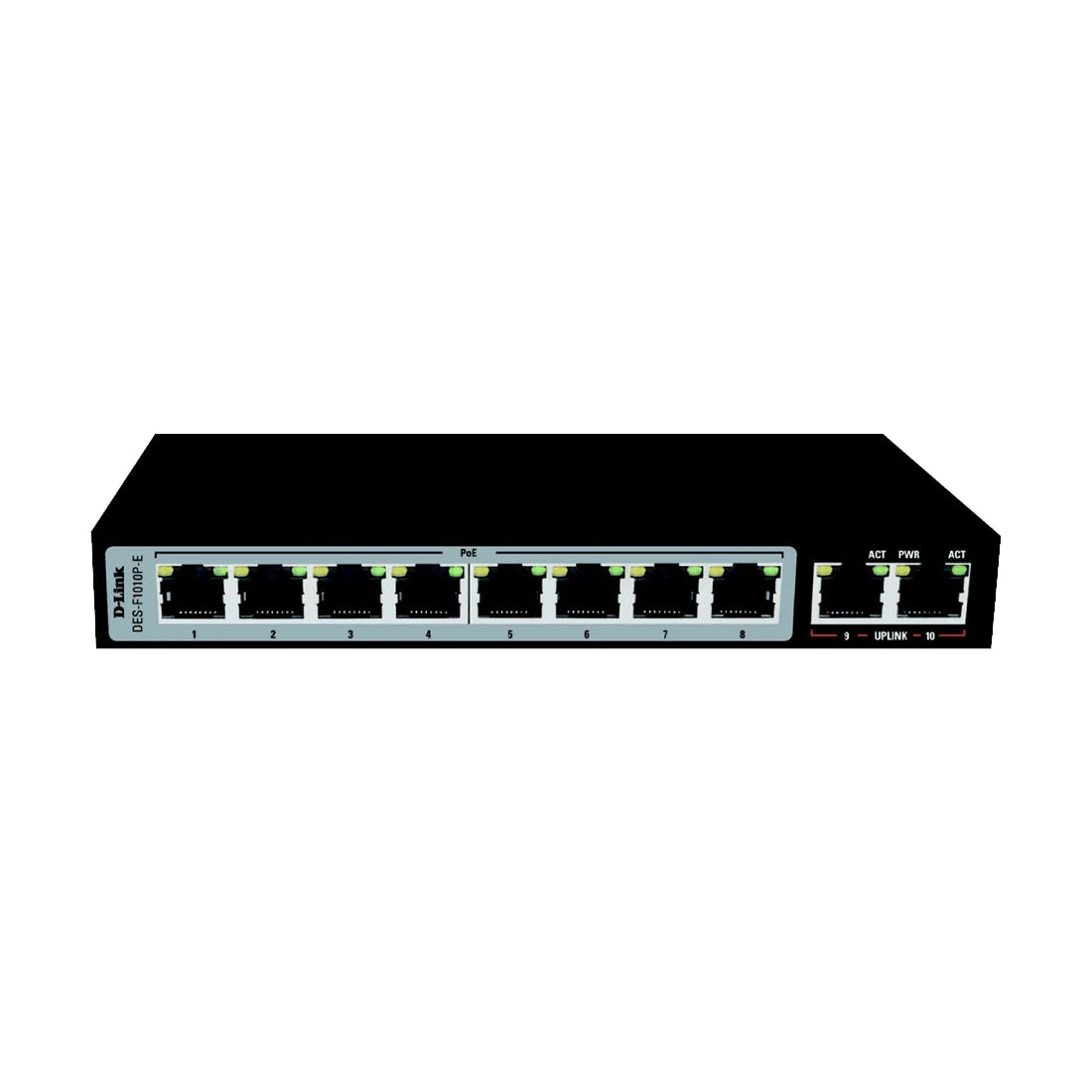
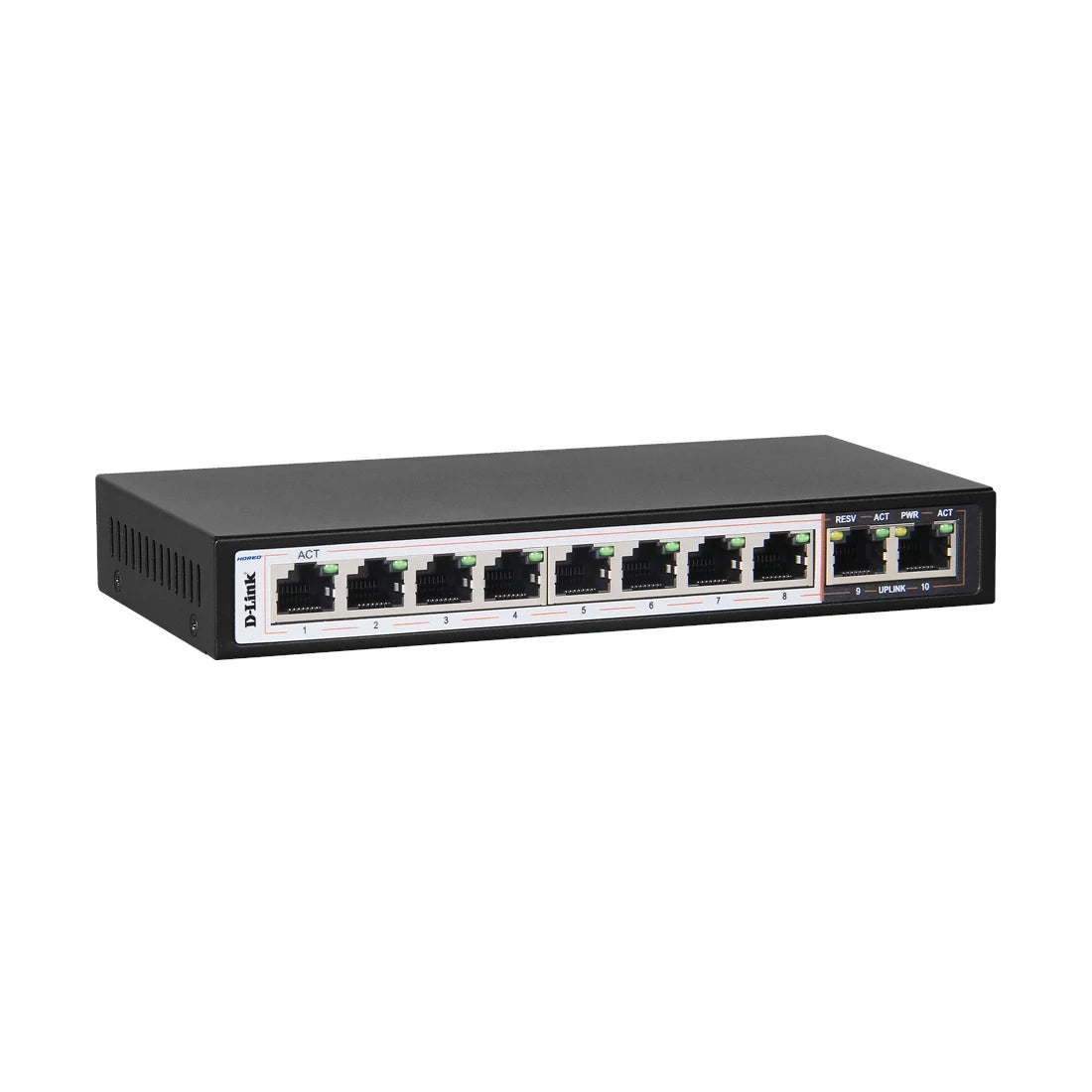 Vendor:D-Link
Vendor:D-LinkD-Link 10-Port 10/100 Long Range PoE+ Surveillance Switch DES-F1010P-E
- Regular price
- 10,740.00
- Sale price
- 10,740.00
- Regular price
-
What a Network Switch Really Handles
Routers may be in the spotlight, but it's the switch doing the grunt work. A network switch links up multiple devices—like PCs, printers, and IP cameras—on the same local network, so they can talk to each other and share data quickly and smoothly.
If you’ve maxed out the Ethernet ports on your router or need tighter control over your network traffic, adding a switch is a smart move. It helps ease congestion, boosts transfer speeds, and handles big file transfers without slowing things down.
Depending on your needs, you can choose from unmanaged, smart, or fully managed switches. Some are basic plug-and-play units. Others offer VLAN tagging, port mirroring, bandwidth control, and other IT-level features.
Buying Tips: How to Pick the Right Switch
Remember that:
Unmanaged = plug and play: If you're just trying to add a few wired devices at home, an unmanaged switch gets the job done.
Smart switches = basic control: These offer limited management, like VLANs and QoS settings. Perfect for small offices or growing networks where some traffic control is useful.
Managed switches mean full control: Built for professional IT setups, they offer advanced tools like Layer 3 routing, command-line access, SNMP monitoring, and a wide range of configuration options.
Layer 2 vs Layer 3: Layer 2 switches just move data between devices on the same network. Layer 3 adds routing between different networks—useful in larger corporate environments.
PoE support: Need to power IP cameras or access points? Go for a PoE-enabled model to eliminate extra cables and adapters.
Frequently Asked Questions
Q. Should I go with a managed, unmanaged, or smart switch?
Q. What is the difference between Layer 2 and Layer 3 switches?
Q. Are these plug-and-play, or do they need configuration?








